Cats, with their mysterious eyes and gentle purrs, have long captivated the hearts of humans. However, understanding their emotional world can be a bit challenging. Allowing your cat to set the emotional pace not only strengthens your bond but also ensures a harmonious relationship. By letting your feline friend lead the way emotionally, you cater to their needs and respect their unique personality. This approach fosters trust and creates a safe environment for your cat to thrive. Let’s delve into why this is so important and how it can transform your relationship with your feline companion.
Understanding Your Cat’s Unique Personality
Every cat is as unique as a snowflake, with its own distinct personality. Some cats are social butterflies, eager to greet anyone who enters their domain. Others are more reserved, preferring solitude or the company of just their trusted human. Recognizing these nuances is crucial. When you let your cat set the emotional pace, you’re essentially tuning into their natural rhythm. This means understanding when they want to play, when they wish to cuddle, and when they simply need space. By doing so, you respect their individuality and nurture a relationship based on mutual understanding.
The Benefits of a Cat-Led Relationship
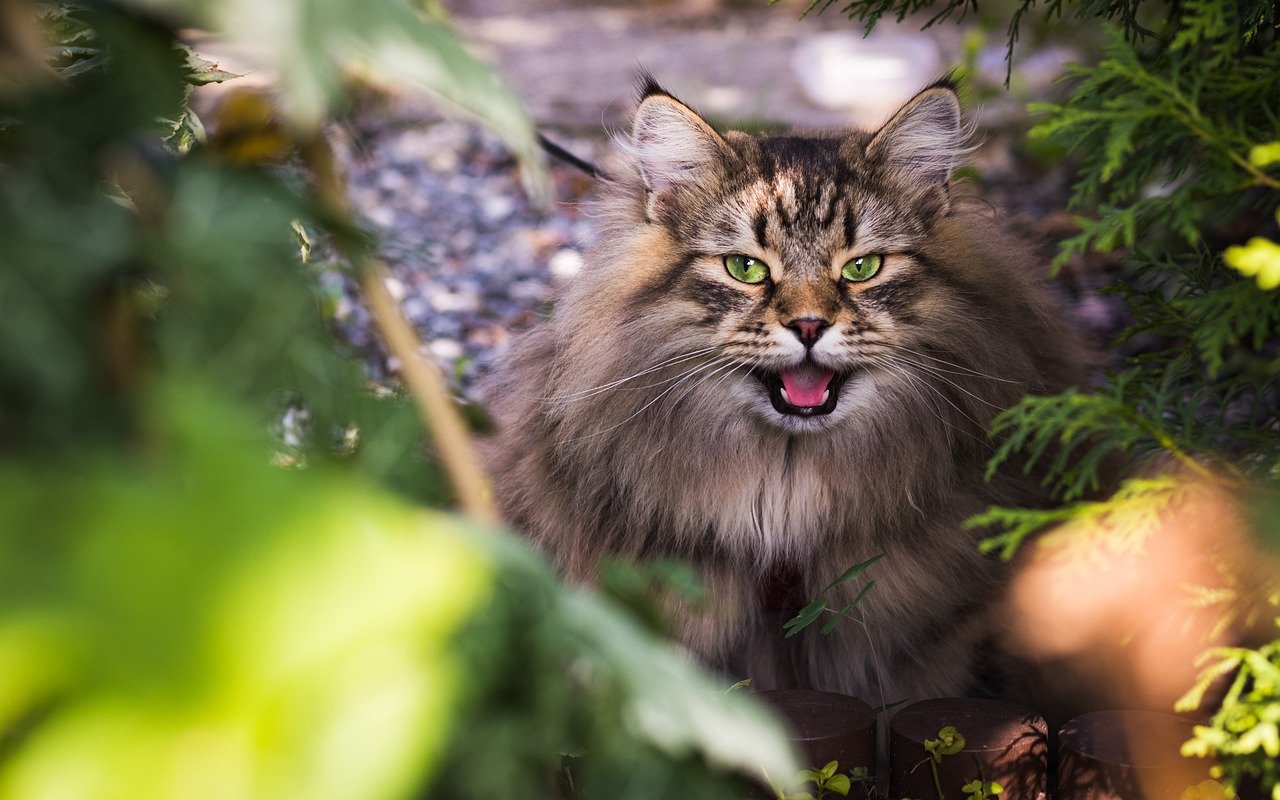
Allowing your cat to dictate the emotional pace comes with a plethora of benefits. Firstly, it reduces stress for both you and your cat. When a cat feels understood and respected, it is less likely to exhibit stress-related behaviors like excessive grooming or aggression. Secondly, this approach can lead to a deeper bond. Much like any relationship, one built on respect and understanding tends to thrive. Lastly, a cat-led relationship promotes a sense of security. Cats are creatures of habit, and when they feel in control of their environment, they’re more likely to be relaxed and content.
Emotional Cues from Your Feline Friend
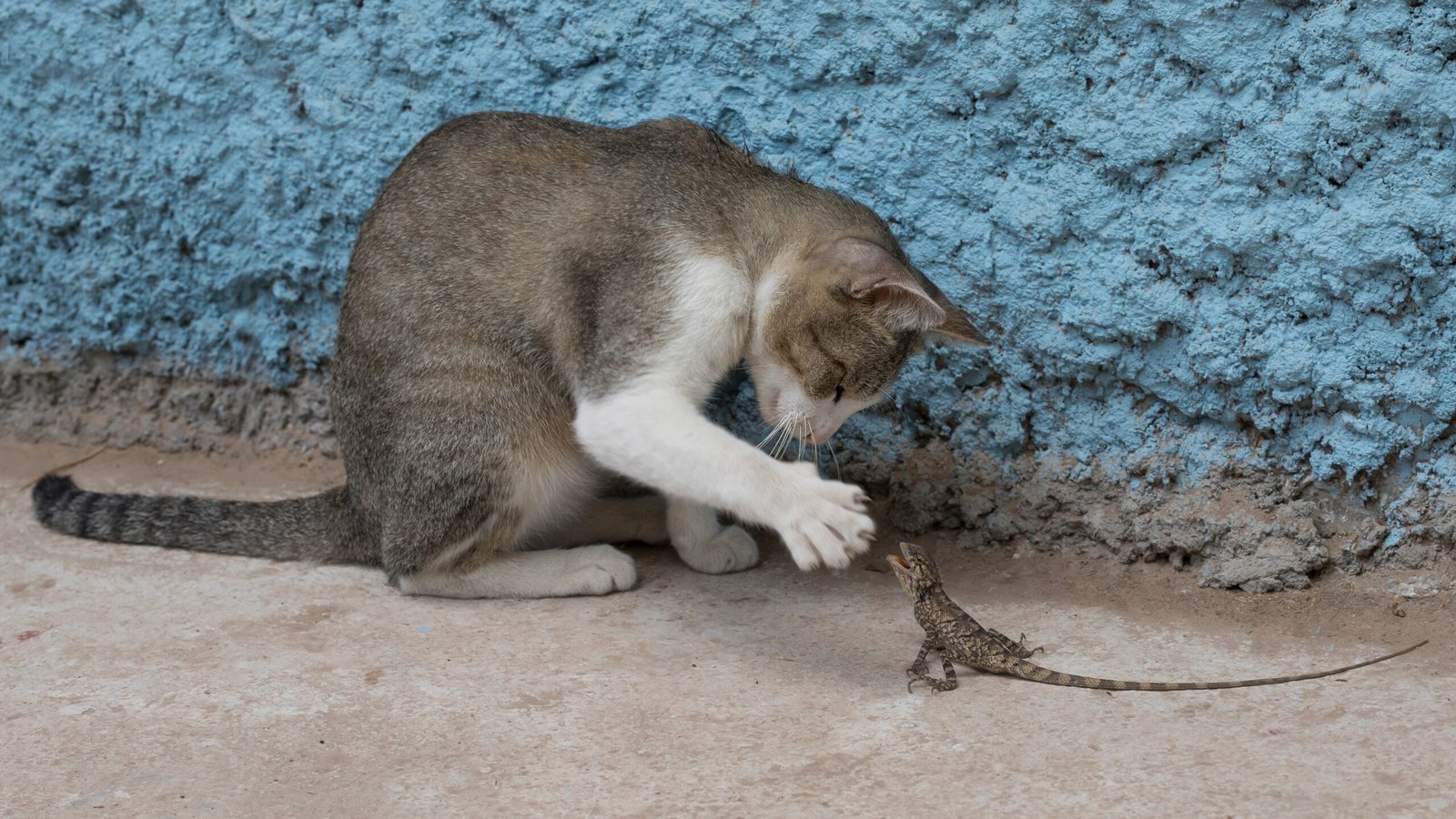
Cats communicate primarily through body language. A flick of the tail, a slow blink, or the positioning of their ears can tell you a lot about their emotional state. For instance, a cat that approaches you with its tail held high is usually in a friendly mood. Conversely, a flattened tail or pinned-back ears might indicate discomfort or fear. By paying attention to these cues, you can adjust your behavior accordingly. This not only respects their emotional state but also reinforces the bond you share.
Creating a Safe Environment
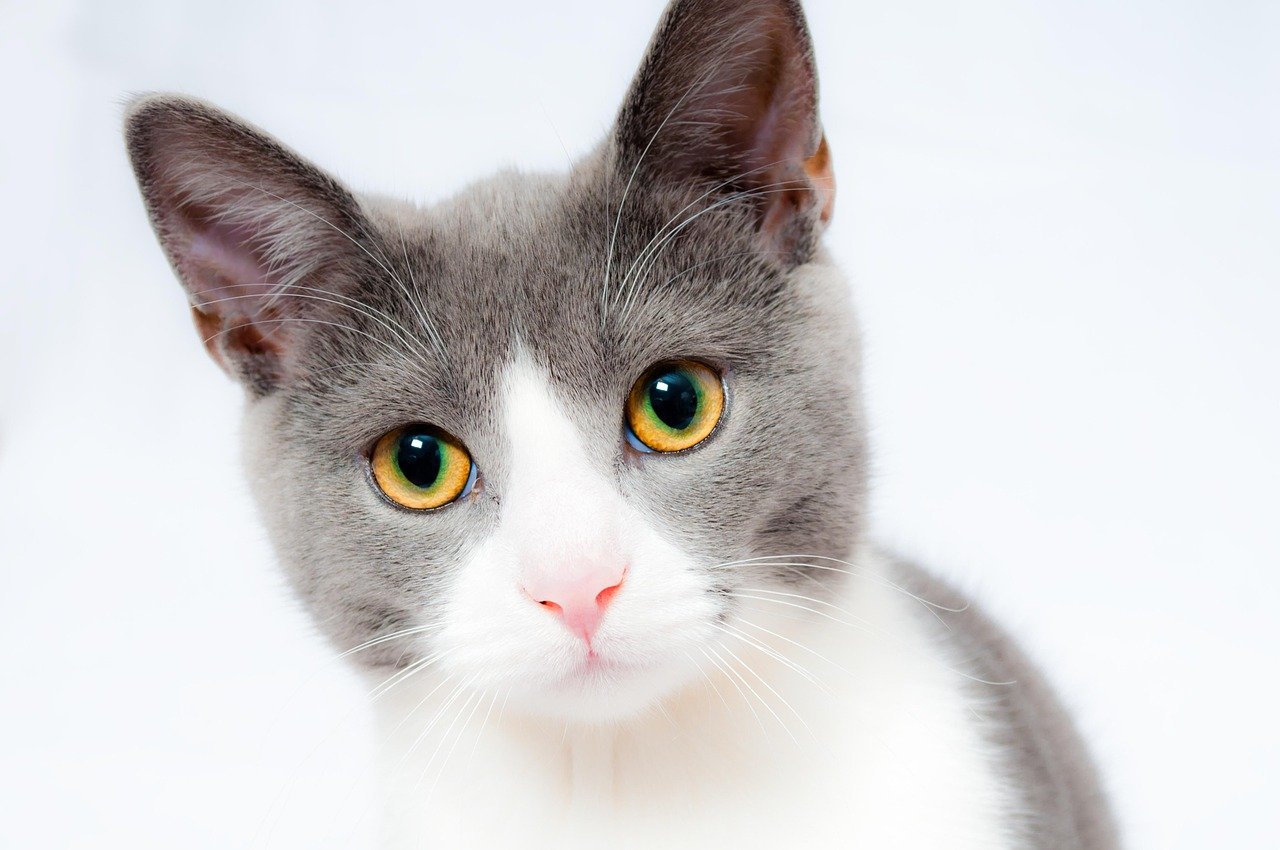
A cat that feels safe in its environment is more likely to exhibit positive behaviors. Creating such an environment involves more than just providing food and shelter. It’s about ensuring they have spaces to retreat to when they need solitude, toys to stimulate their minds, and the freedom to explore at their own pace. By allowing your cat to set the emotional pace, you’re also giving them the autonomy to choose when and how they interact with their surroundings. This autonomy is crucial for their mental well-being.
Trust: The Foundation of a Cat-Human Bond
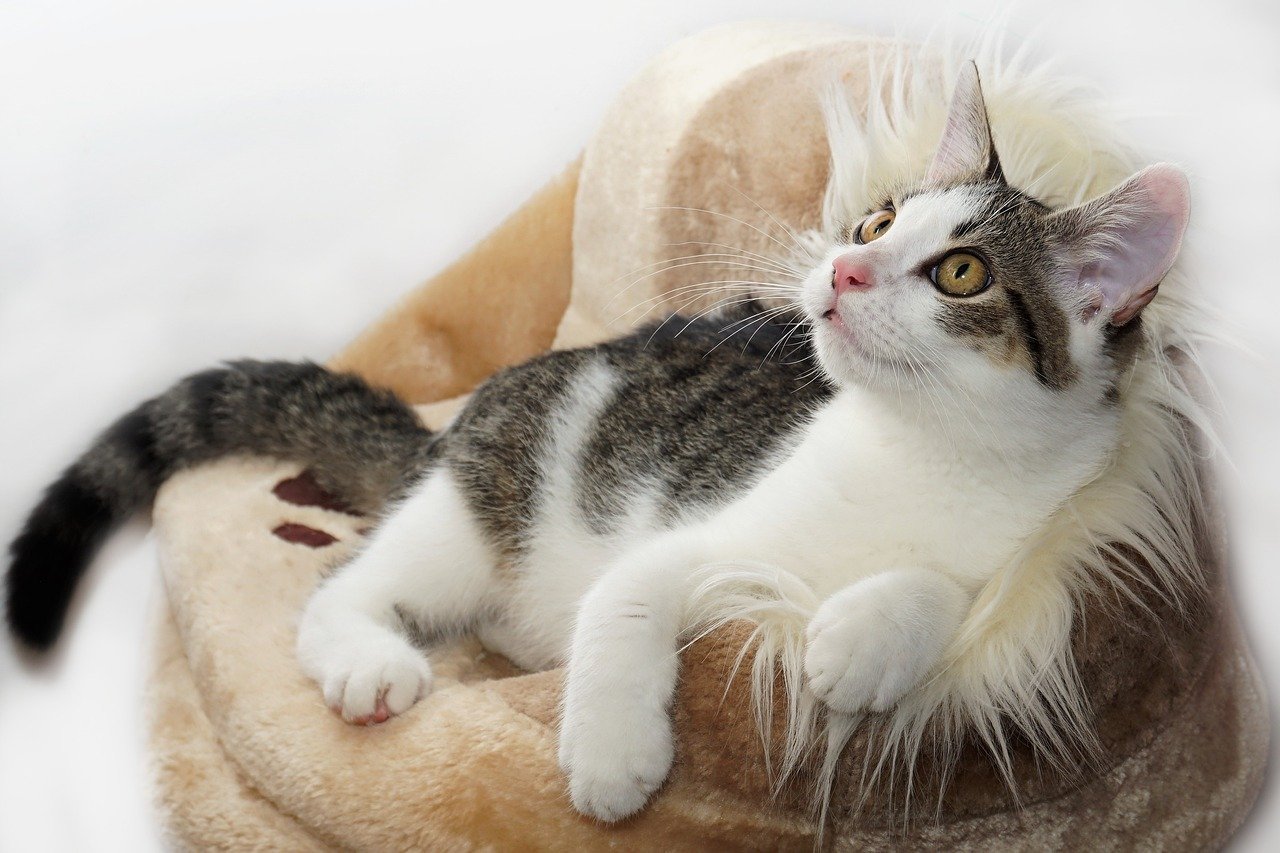
Trust is the cornerstone of any successful relationship, and this holds true for cats and humans. When you allow your cat to dictate the emotional pace, you’re essentially telling them that you trust their instincts. Over time, this mutual trust can lead to a more harmonious relationship. A cat that feels trusted is more likely to approach you when it seeks comfort or companionship. Conversely, a cat that doesn’t feel trusted may become withdrawn or exhibit anxiety.
Adapting to Your Cat’s Emotional Needs
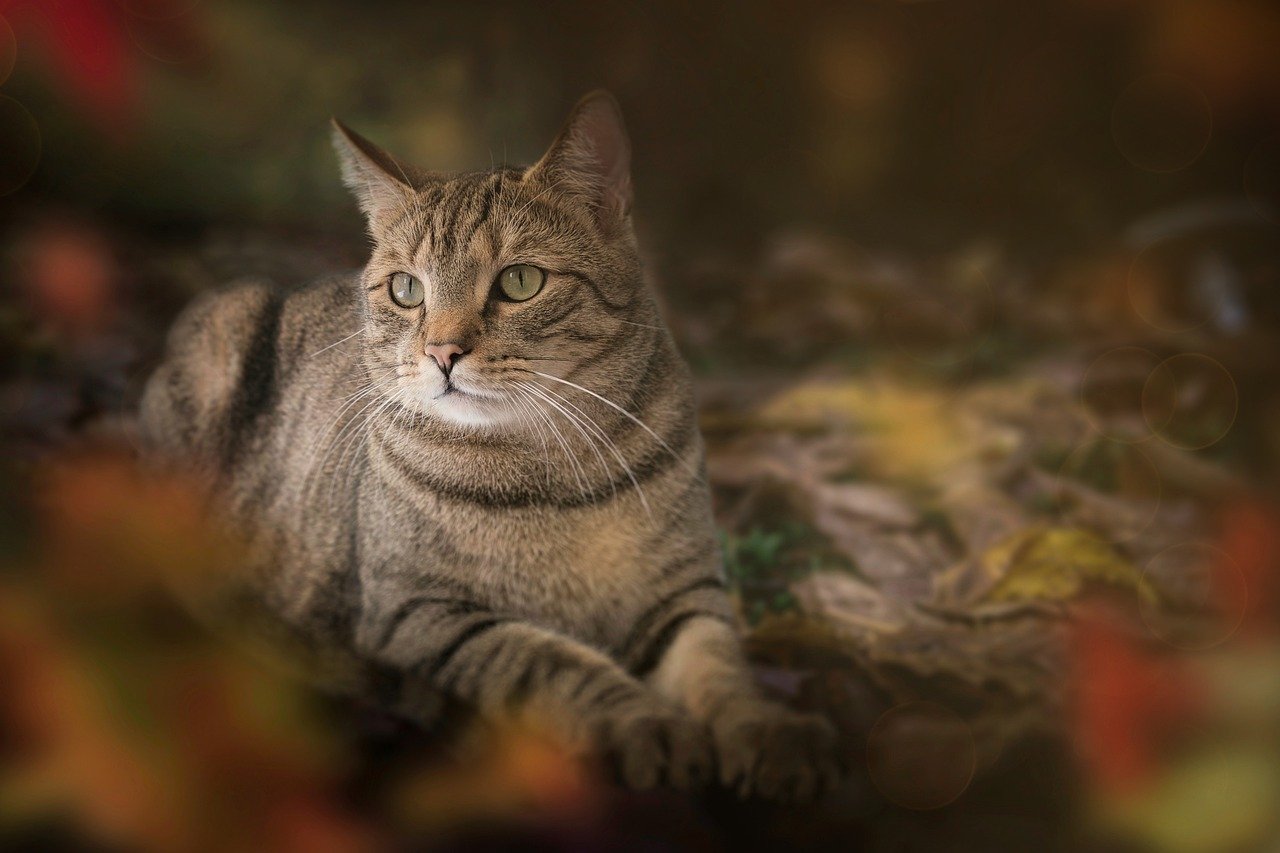
Just like humans, cats have days when they feel more social and days when they prefer solitude. By letting your cat set the emotional pace, you’re acknowledging these emotional fluctuations. Perhaps today they’re eager for a game of chase, but tomorrow they might prefer lounging by the window. Adapting to these needs requires patience and empathy. It’s about recognizing that your cat’s emotional state can change and being flexible enough to accommodate these changes.
The Role of Routine in a Cat’s Emotional Well-being
While cats appreciate autonomy, they also thrive on routine. Predictability in their daily lives provides a sense of security. By allowing your cat to set the emotional pace within a structured routine, you offer the best of both worlds. This might mean having set feeding times while letting them decide when to play or rest. Such a balanced approach ensures that your cat feels both secure and respected in its environment.
Building a Relationship Through Play
Play is a vital component of a cat’s life. It offers mental stimulation, physical exercise, and a chance to strengthen the bond with their human. When you let your cat dictate the pace of play, you’re allowing them to express their natural hunting instincts. Some days they might be in the mood for a vigorous game of fetch, while other days, a gentle game of hide and seek might suffice. By observing and adapting to their play preferences, you can ensure that playtime is both enjoyable and beneficial.
Respecting Your Cat’s Boundaries
Cats, much like humans, have boundaries that should be respected. Forcing a cat to interact when it’s not in the mood can lead to stress and anxiety. By letting your cat set the emotional pace, you’re inherently respecting these boundaries. This means recognizing when your cat needs space and when it’s ready for interaction. Respecting these boundaries fosters a sense of trust and ensures that interactions are positive and stress-free.
Communicating Love in a Feline-Friendly Way
Cats might not express love in the same way as dogs, but that doesn’t mean they’re any less affectionate. They might show their love through gentle headbutts, purring, or simply by choosing to be near you. By letting your cat set the emotional pace, you’re more attuned to these subtle expressions of love. In return, you can communicate your affection in ways that resonate with them, whether it’s through gentle petting, play, or simply spending quiet time together.
Understanding the Importance of Patience
Patience is a virtue, especially when it comes to building a relationship with a cat. Some cats might warm up to you immediately, while others might take weeks or even months to fully trust you. By allowing your cat to set the emotional pace, you’re practicing patience. This patience not only ensures that interactions are positive but also reinforces the bond you share. Remember, the best relationships are those built on trust, understanding, and time.
How to Respond to Your Cat’s Emotional Signals
Responding to your cat’s emotional signals requires keen observation and understanding. If your cat approaches you with a slow blink, it might be a sign of affection. Responding with a slow blink of your own can reinforce this bond. Similarly, if your cat retreats to a quiet corner, it might need some alone time. By respecting these signals and responding appropriately, you strengthen your relationship and ensure that your cat feels understood and valued.
The Impact of Stress on a Cat’s Emotional State
Stress can have a profound impact on a cat’s emotional and physical well-being. A stressed cat might exhibit behaviors like hiding, aggression, or excessive grooming. By letting your cat set the emotional pace, you can mitigate potential stressors. This means recognizing triggers and adapting the environment to reduce stress. Whether it’s introducing a new pet or moving to a new home, allowing your cat to adjust at its own pace ensures a smoother transition and promotes emotional stability.
Nurturing a Balanced Environment
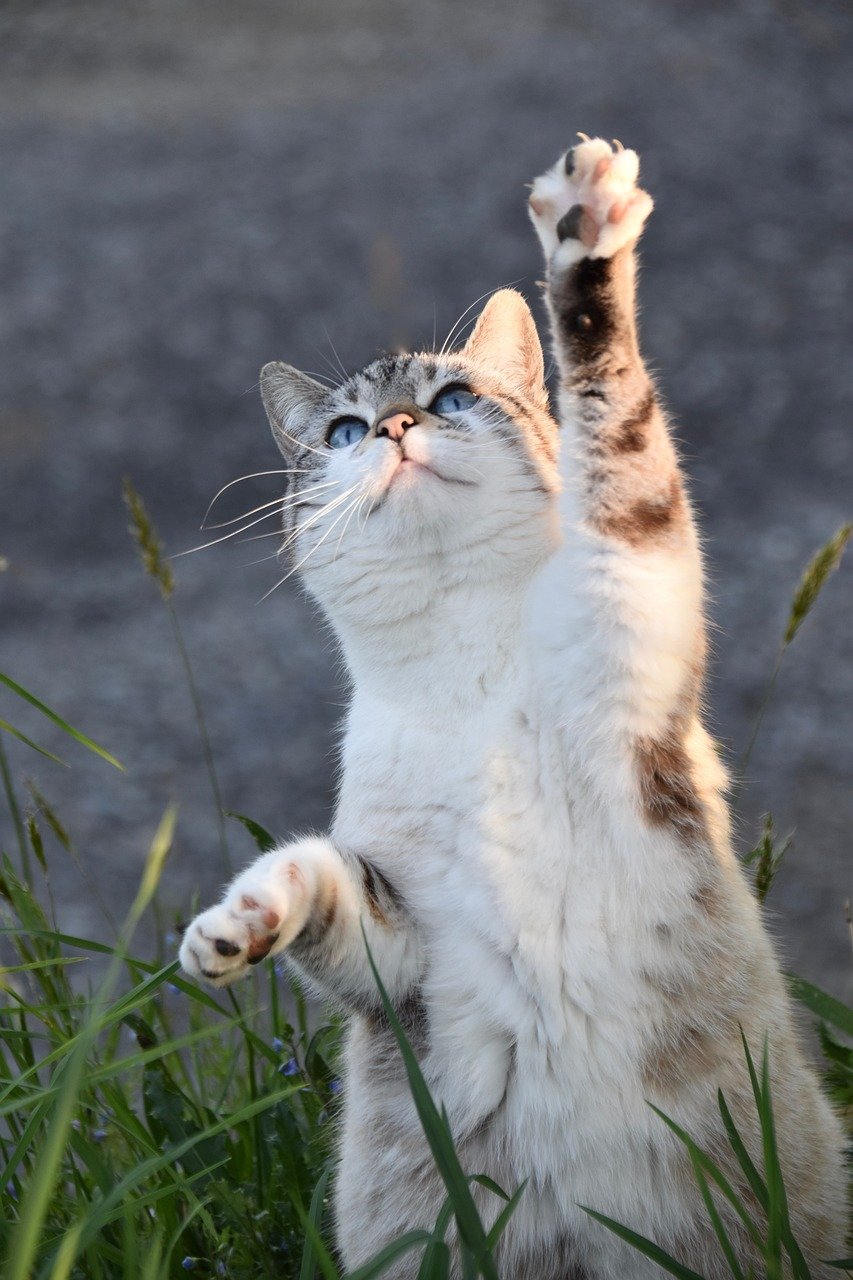
A balanced environment is one where your cat feels both secure and stimulated. This involves providing spaces for relaxation, toys for play, and opportunities for exploration. By letting your cat set the emotional pace, you’re better equipped to create such an environment. This balance ensures that your cat remains mentally and physically healthy, leading to a happier and more contented life.
Recognizing When Your Cat Needs Space
Just like humans, cats sometimes need a little “me time.” Whether it’s after a playful session or a busy day of exploring, recognizing when your cat needs space is crucial. By allowing them this freedom, you’re respecting their emotional needs. This not only fosters trust but also ensures that interactions remain positive. Remember, a cat that feels respected is more likely to approach you when it’s ready for affection or play.
The Role of Positive Reinforcement
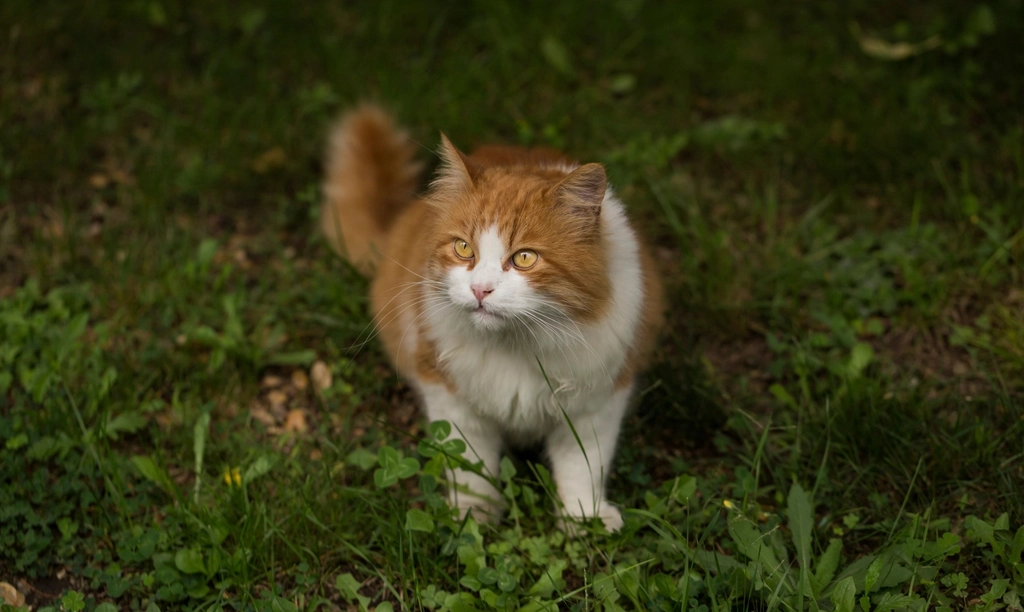
Positive reinforcement plays a pivotal role in building a strong bond with your cat. By rewarding positive behaviors, you encourage them to repeat these actions. Whether it’s through treats, praise, or play, positive reinforcement ensures that your cat feels valued and understood. By letting your cat set the emotional pace, you’re more attuned to their preferences, ensuring that reinforcement is both effective and meaningful.
Understanding the Subtle Signs of Affection
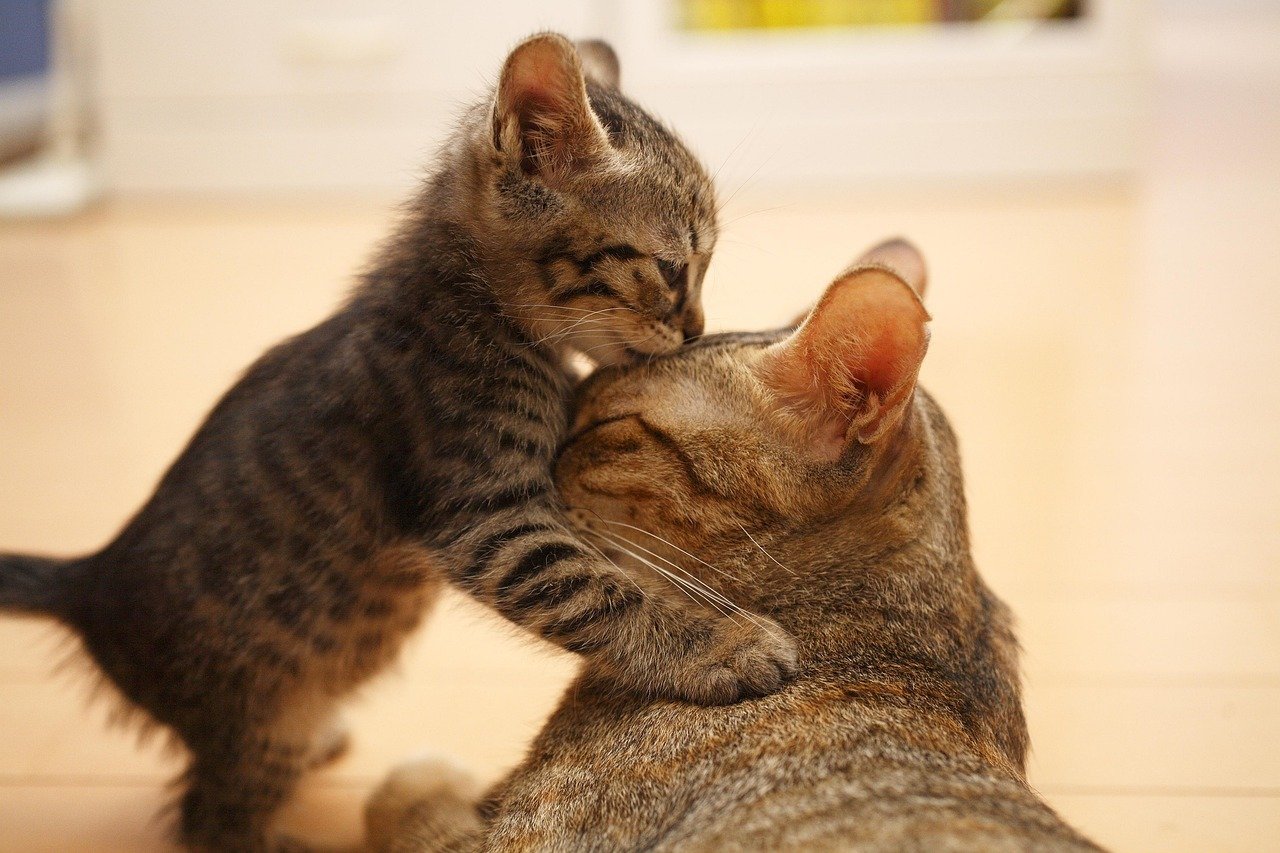
Cats have a unique way of showing affection, often through subtle gestures. A gentle nuzzle, a soft purr, or simply choosing to be near you can be signs of love. By letting your cat set the emotional pace, you’re more in tune with these gestures. Recognizing and responding to these signs ensures that your cat feels loved and appreciated, strengthening the bond you share.
The Importance of Consistency
Consistency is key when building a relationship with your cat. This means maintaining a routine and ensuring that interactions remain positive. By letting your cat set the emotional pace, you’re better equipped to offer this consistency. Whether it’s through regular feeding times, play sessions, or quiet moments, consistency ensures that your cat feels secure and valued.
How to Foster a Deep Emotional Connection
Fostering a deep emotional connection with your cat requires time, patience, and understanding. By letting your cat set the emotional pace, you’re laying the foundation for a strong bond. This means recognizing their needs, respecting their boundaries, and ensuring that interactions remain positive. Over time, this approach leads to a relationship built on trust, love, and mutual respect.
The Joy of a Cat-Led Relationship
There is immense joy in allowing your cat to lead the emotional journey. Not only does it create a harmonious environment, but it also ensures that your feline friend feels valued and understood. By embracing this approach, you open the door to a relationship filled with love, trust, and mutual respect. In the end, the bond you share with your cat becomes a source of joy and comfort, enriching both your lives.
Hi, I’m Bola, a passionate writer and creative strategist with a knack for crafting compelling content that educates, inspires, and connects. Over the years, I’ve honed my skills across various writing fields, including content creation, copywriting, online course development, and video scriptwriting.
When I’m not at my desk, you’ll find me exploring new ideas, reading books, or brainstorming creative ways to solve challenges. I believe that words have the power to transform, and I’m here to help you leverage that power for success.
Thanks for stopping by, Keep coming to this website to checkout new articles form me. You’d always love it!






